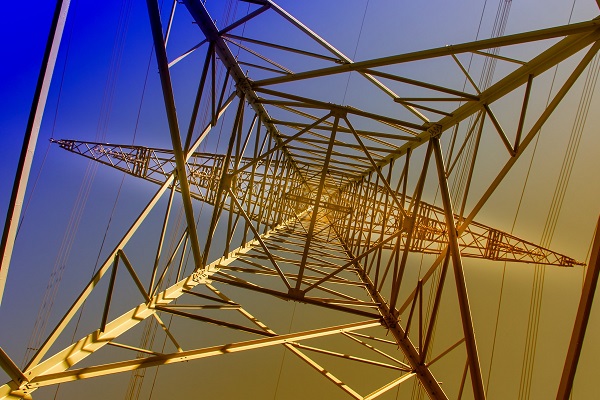Maintaining power quality in industrial facilities
Throughout 2021, most of China suffered blackouts as soaring prices and a tight supply of coal restricted power plants’ operations. A supply shortage has also caused outages in Australia, which poses a challenge for the region’s manufacturers. Receiving power from the grid is one thing, but maintaining a steady, high-quality supply is another. Here John Young, APAC sales director at automation parts supplier EU Automation, explains how manufacturers can maintain power quality and keep their facilities running as normal.
Recently, Australia has been experiencing national power outages after a coal power station in Victoria lost half its capacity, causing widespread disruption. In late 2021, New Zealand also experienced sudden outages after the country’s supply was unable to meet record demand.
ADVERTISEMENT
Power outages are every manufacturer’s worst nightmare. The loss of a mains supply means entire facilities go offline, production grinds to a halt and, for smaller firms, this loss of productivity can cost thousands per minute. However, a lack of mains electricity is not the only cause of industrial equipment downtime — abnormal supply characteristics can be just as damaging.
The trouble with power
Even when manufacturing facilities receive a continual electricity supply, there’s no guarantee it’s problem-free. Voltage distortion — any deviation from the nominal sine waveform of the AC line voltage — occurs when current harmonics increase the voltage and electric currents in a circuit. This can result in transformers, cables, motors and generators overheating, causing lasting damage to any equipment receiving the same power supply.
Meanwhile, if the total harmonic distortion (THDi) falls outside its normal range, the voltage can become unstable. One option is integrating surge protection devices (SPDs) to protect from surges and transient spikes, or using harmonic filters to prevent harmonic distortions of nonlinear loads and sources.
However, manufacturers also need a contingency plan for replacing specific components damaged by the effects of poor power quality. Simply replacing an entire fleet with new equipment is not always an option, especially for smaller manufacturing firms that are still feeling the effects of two years of lockdown. On the other hand, repairs may be cheaper, but once you factor in production stoppages, resources and knock-on effects elsewhere in the supply chain, it’s still an undesirable option.
Managing obsolescence
If a transient surge or another abnormal supply issue affects equipment like transformers or generators, replacing damaged obsolete assets can be challenging. Locating a like-for-like replacement component with the necessary serial number could be impossible if the manufacturer no longer produces the part. Therefore, it pays to think ahead when taking stock of the power systems in an industrial facility, or any equipment that relies on mains electricity.
According to Deloitte, predictive maintenance can increase productivity by 25%, reduce breakdowns by 70% and lower maintenance costs by 25%. Effective obsolescence management plans will first account for the lifespan of all the equipment, so plant managers are aware of their age and any signs of damage. Every motor, PLC, and encoder carries a risk of failure, but replacing them as they age could provide added protection again overheating, which could end the life of older legacy assets.
Once manufacturers obtain the information about their fleet, they must find a reliable obsolete automation parts supplier. The effects of harmonics will soon spread through the facility, so time is of the essence when legacy components like motors need to be replaced.
While blackouts in China, Australia and across the region are an issue for manufacturers, mitigating the effects of poor power quality are just as important for ensuring uptime and productivity. Having an effective obsolescence strategy that factors in the replacement of obsolete parts damaged by abnormal harmonics can help manufacturers and facility managers prepare for future disruptions.
For advice on managing your obsolete equipment, visit EU Automation’s Knowledge Hub for more information. To see the company’s range of quality automation parts, visit this link.
-
ADVERTISEMENT
-
ADVERTISEMENT


